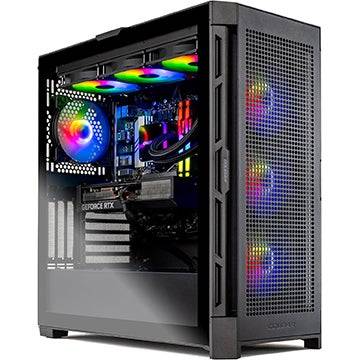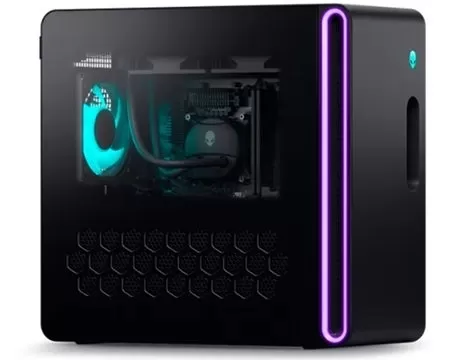For several generations, AMD has strived to compete with Nvidia at the high-end GPU market. With the AMD Radeon RX 9070 XT, however, Team Red strategically shifts focus. Instead of vying for the ultra-high-end (dominated by the RTX 5090), they aim to deliver the best graphics card for the majority of gamers—a goal demonstrably achieved.
Priced at $599, the AMD Radeon RX 9070 XT rivals the $749 GeForce RTX 5070 Ti in performance. This alone establishes it as a top contender, but AMD enhances its appeal with the inclusion of FSR 4, marking the first time AI upscaling is integrated into an AMD graphics card. In short, this is the ideal graphics card for 4K gaming, especially for those unwilling to spend $1999 on the RTX 5090.
Purchasing Guide
The AMD Radeon RX 9070 XT launched on March 6th, with a starting price of $599. Remember, prices vary among third-party vendors, so aim for a price under $699.
AMD Radeon RX 9070 XT – Photos


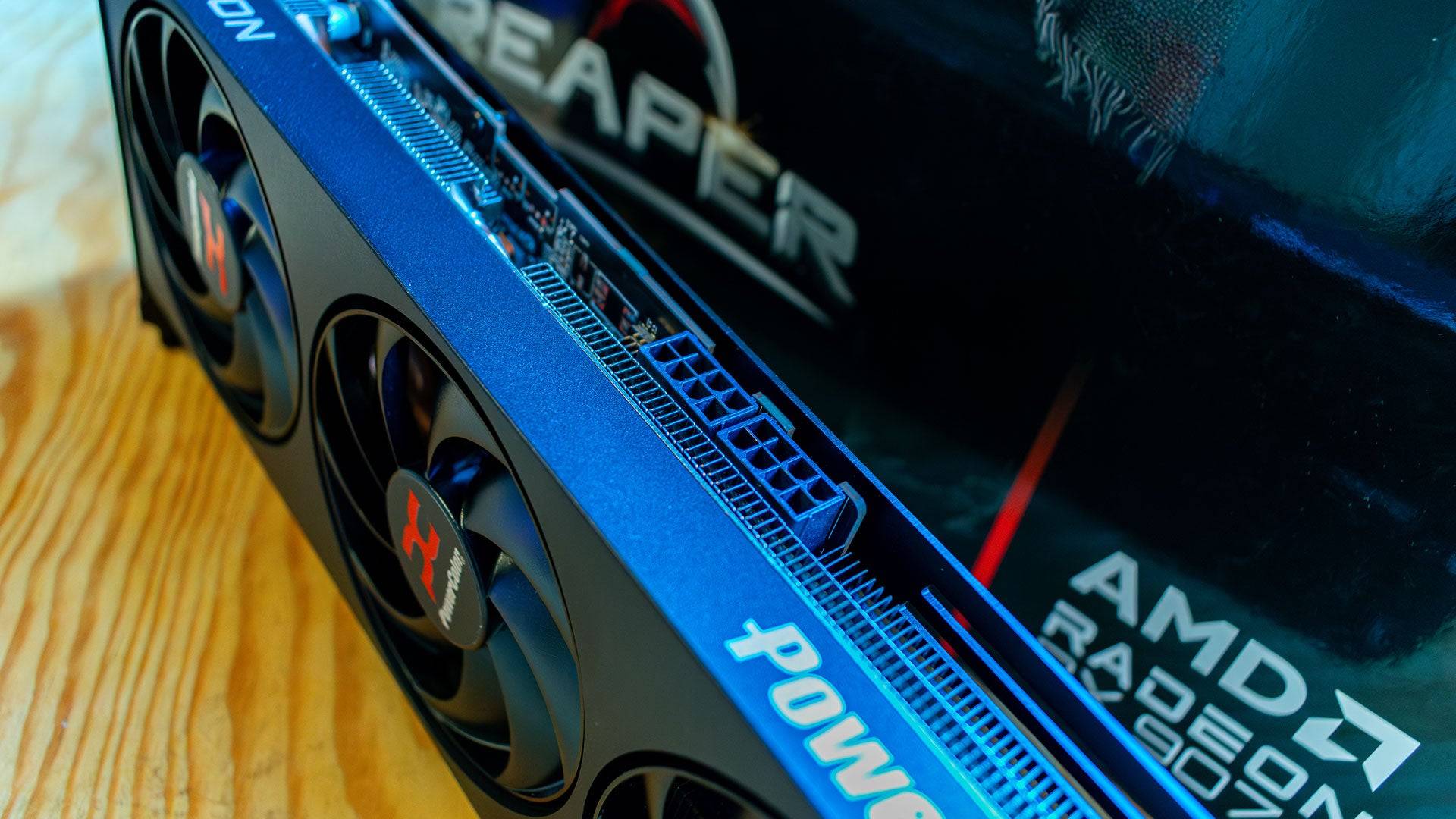
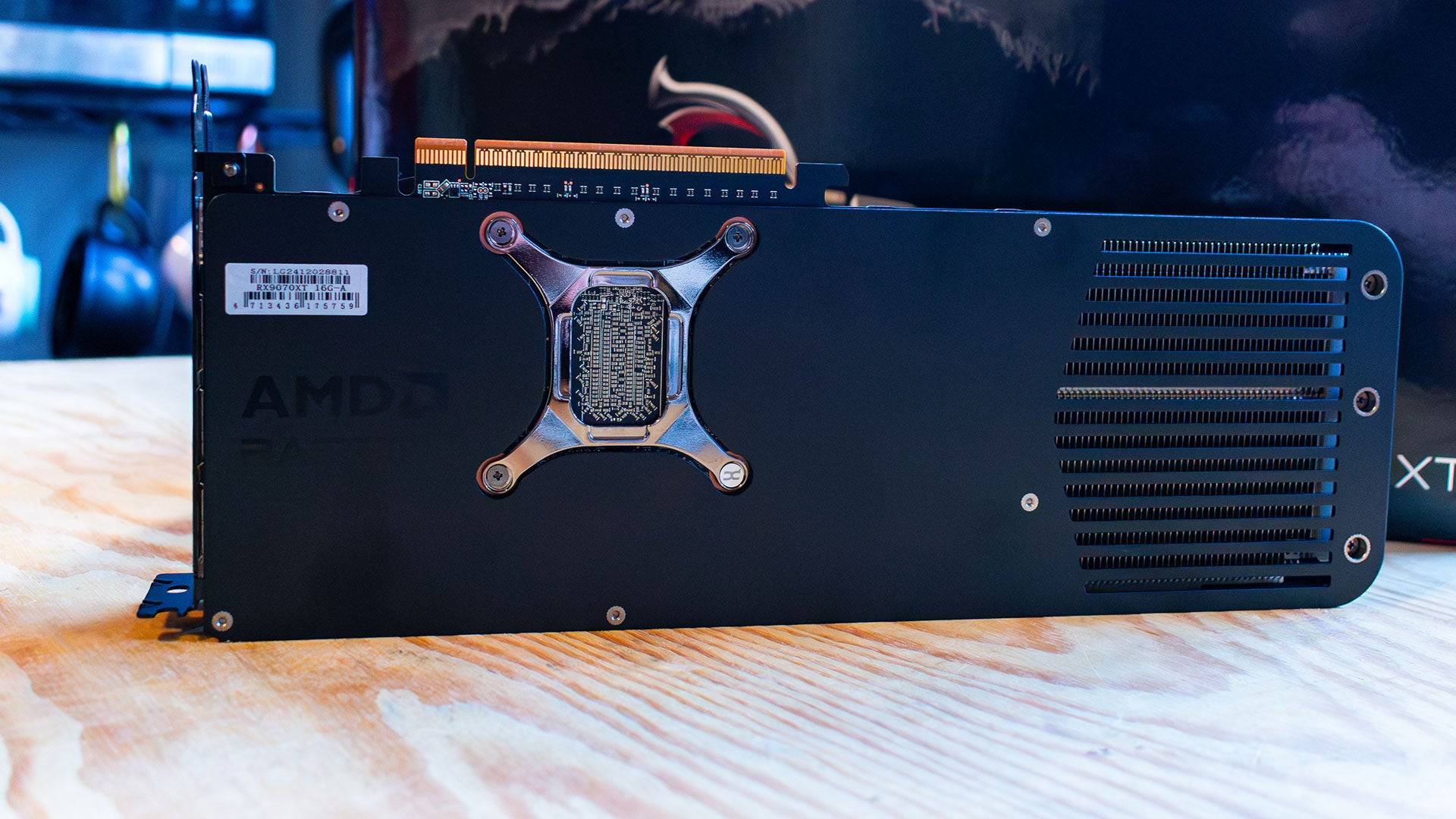
Specs and Features
Built on the RDNA 4 architecture, the AMD Radeon RX 9070 XT boasts improved shader cores, but its standout features are the new RT and AI Accelerators. The AI Accelerators power FidelityFX Super Resolution 4 (FSR 4), bringing AI upscaling to AMD for the first time. While FSR 4 doesn't always boost frame rates compared to FSR 3.1, it significantly enhances image accuracy and quality. Conveniently, Adrenalin software allows users to disable FSR 4 if framerate prioritization is preferred.
Beyond AI upscaling, AMD has significantly improved its shader cores, resulting in better per-core performance. Despite having 64 Compute Units (compared to the 7900 XT's 84), the 9070 XT delivers a substantial performance increase, at a significantly lower price. Each Compute Unit features 64 Streaming Multiprocessors (SMs) for a total of 4,096, along with 64 ray accelerators and 128 AI accelerators.
However, the Radeon RX 9070 XT has less memory than its predecessor (16GB GDDR6 on a 256-bit bus, compared to the 7900 XT's 20GB GDDR6 on a 320-bit bus). This reduces capacity and bandwidth, but remains sufficient for most 4K gaming. The continued use of GDDR6, however, represents a missed opportunity for an upgrade.
While the new architecture is more efficient, the RX 9070 XT has a slightly higher power budget than the 7900 XT (304W vs 300W), though testing showed the 7900 XT actually consumed more power in practice. This power budget is typical for modern graphics cards, making cooling relatively straightforward. Unlike previous generations, AMD isn't releasing a reference design, so users rely on third-party manufacturers. My review unit (Powercolor Radeon RX 9070 XT Reaper) maintained a temperature of 72°C during testing despite its compact triple-fan design.
Standard power connectors are used (two 8-pin PCI-E), simplifying upgrades for most users with a 700W power supply (as recommended by AMD). Connectivity includes three DisplayPort 2.1a and one HDMI 2.1b ports; the absence of a USB-C port is a minor drawback.

FSR 4
AMD has long needed an AI upscaling solution to compete with DLSS. While previous FSR versions offered performance gains, they suffered from ghosting and fuzziness. The Radeon RX 9070 XT addresses this with FSR 4.
Similar to DLSS, FSR 4 uses AI accelerators to analyze previous frames and game engine data to upscale lower-resolution images to native resolution. The results surpass FSR 3 (which used temporal upscaling), offering improved image quality, though at a performance cost. In *Call of Duty: Black Ops 6* at 4K, FSR 4 resulted in a 10% performance decrease compared to FSR 3.1, while *Monster Hunter World* saw a 20% drop. This performance hit is expected due to the increased computational demands of AI upscaling. The improved image quality is a trade-off worth considering, particularly for single-player games where visual fidelity is paramount. FSR 4 is optional, easily toggled off in Adrenalin software.
AMD Radeon RX 9070 XT & 9070 – Benchmarks
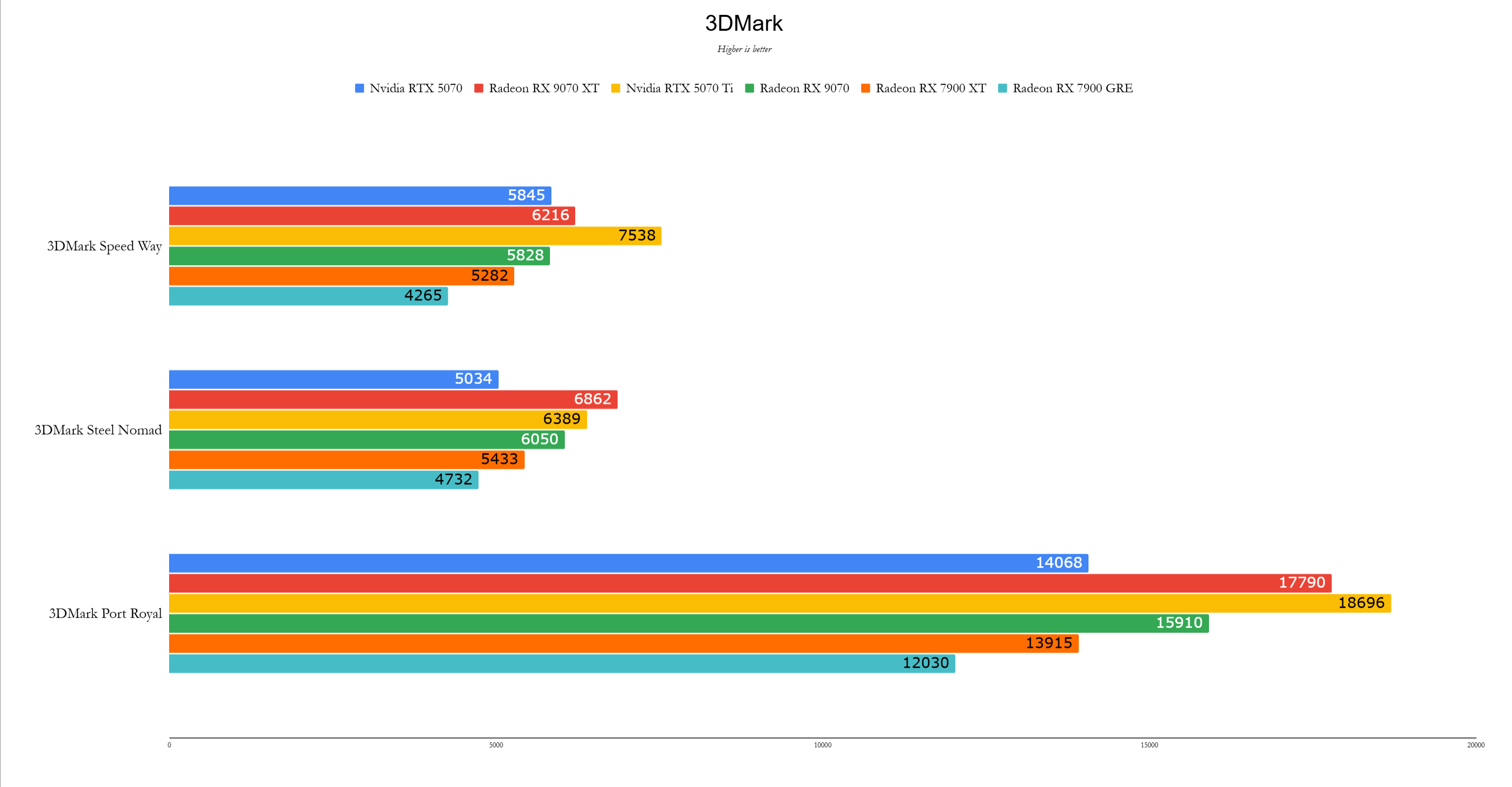
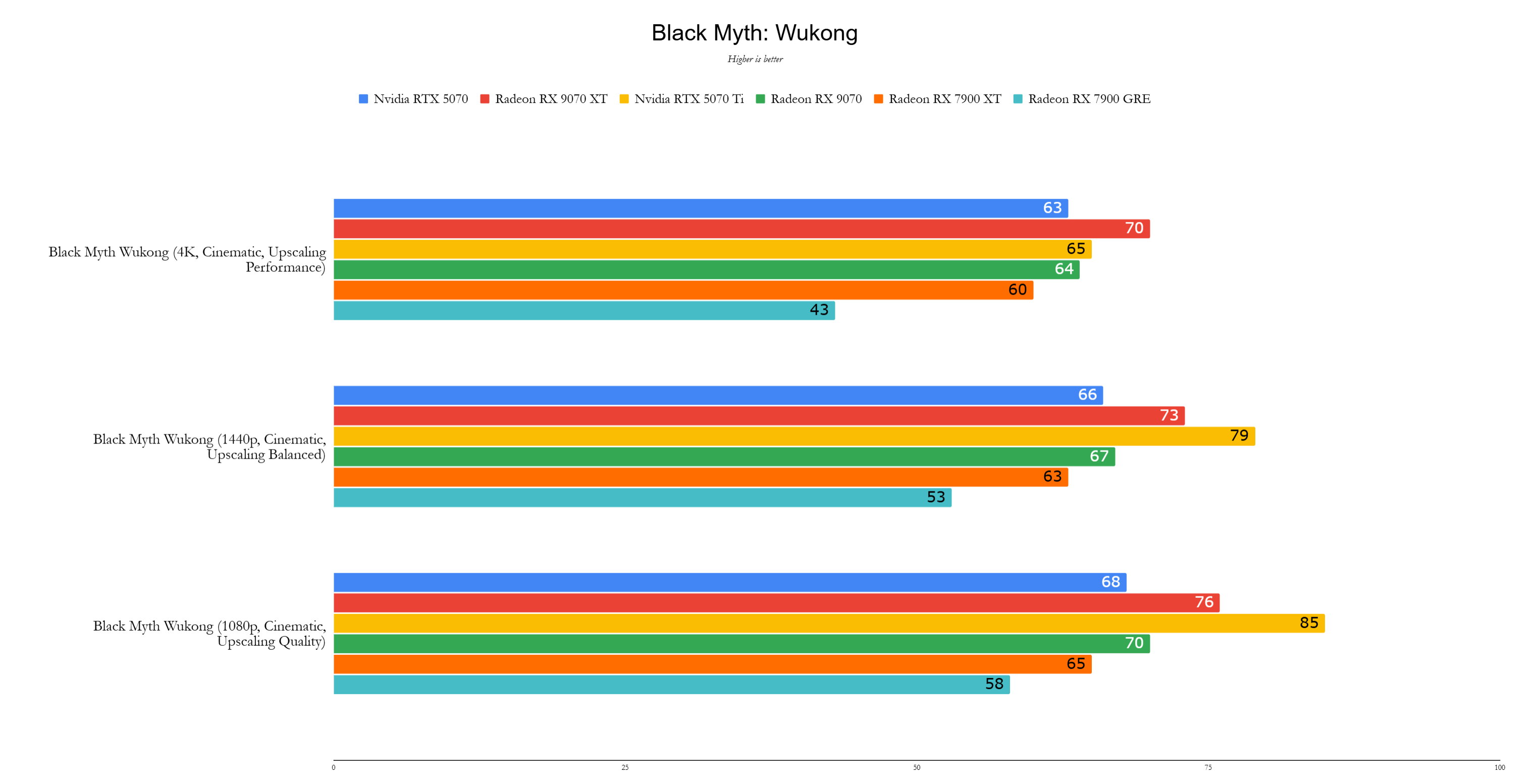

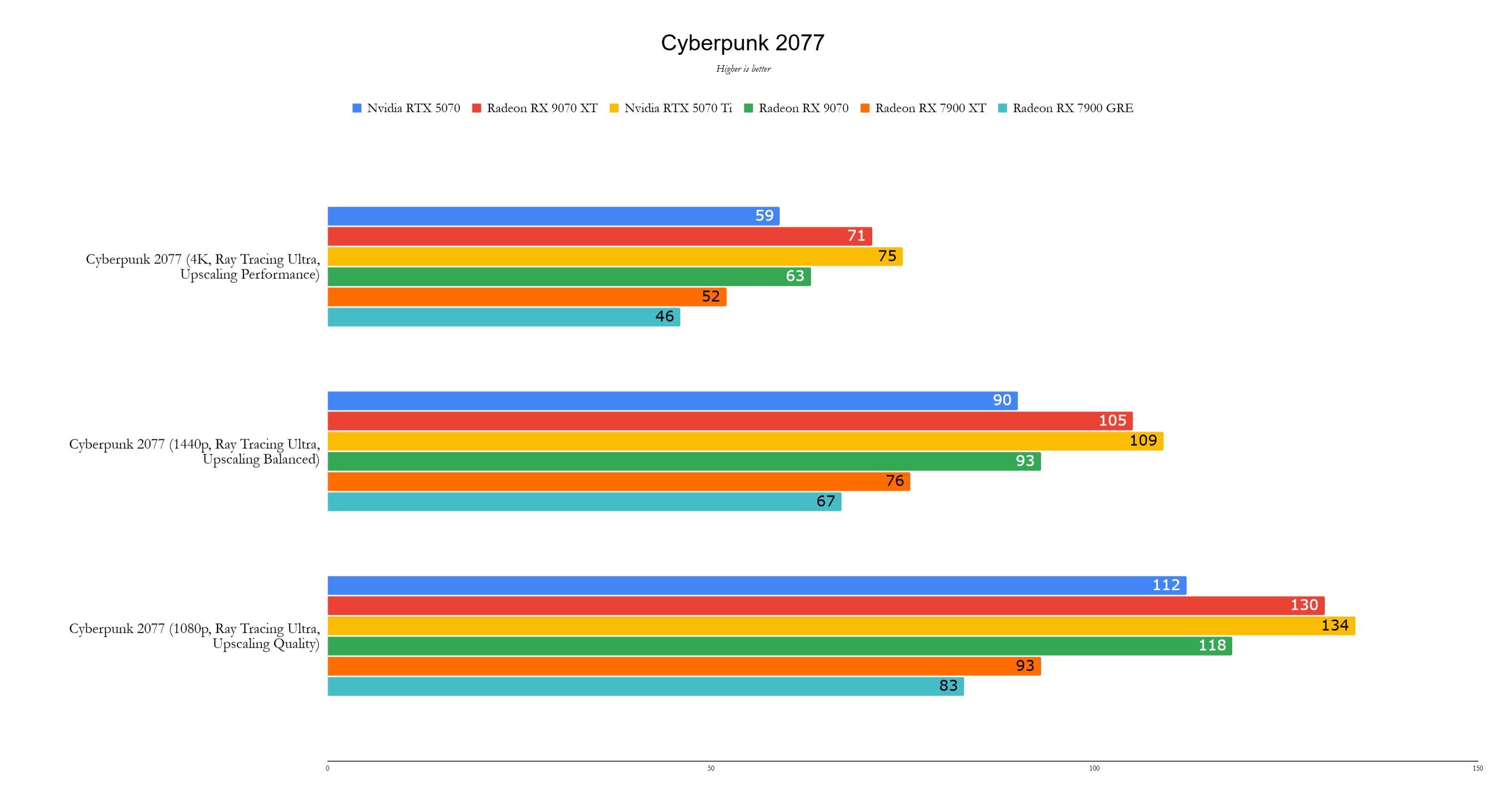
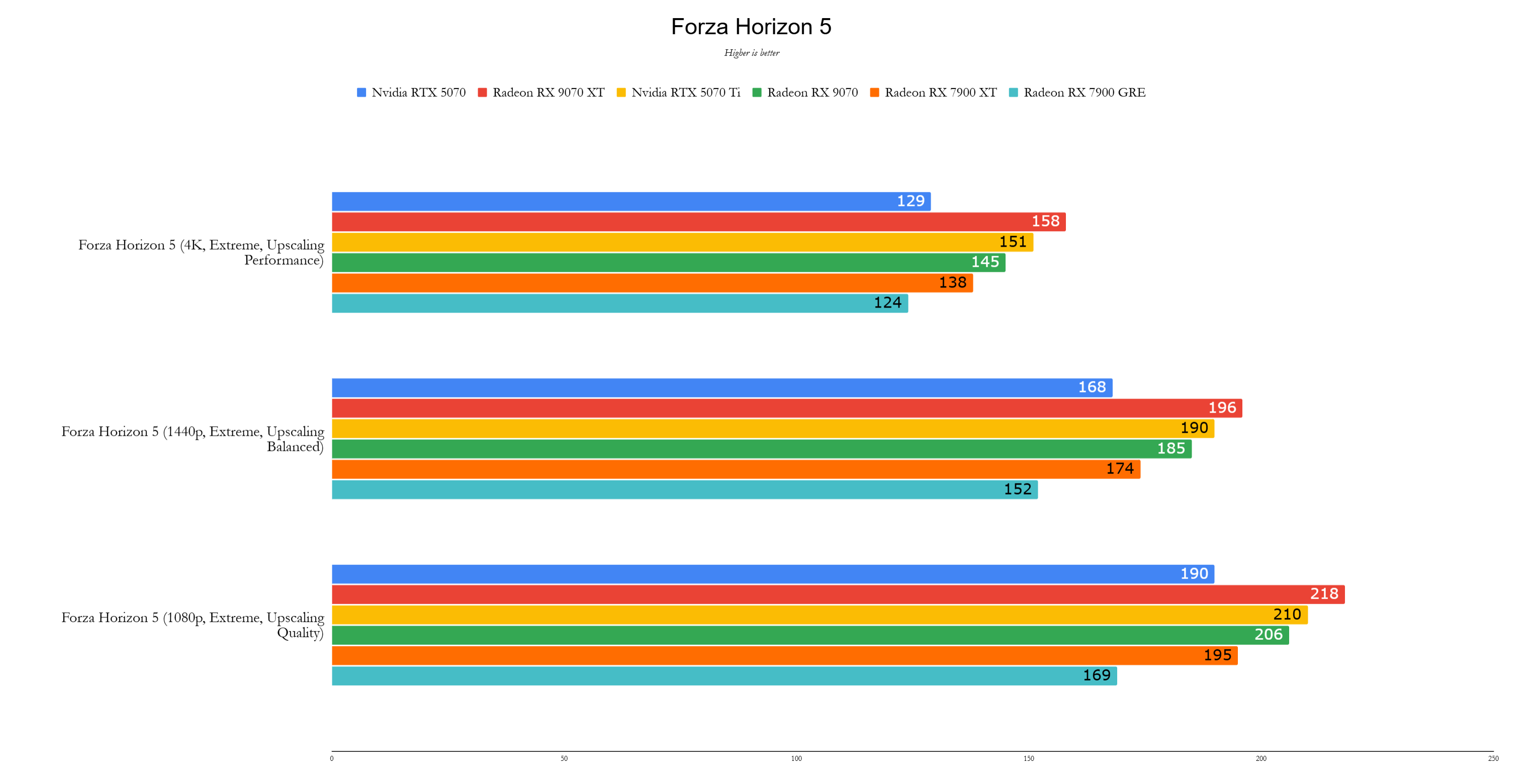
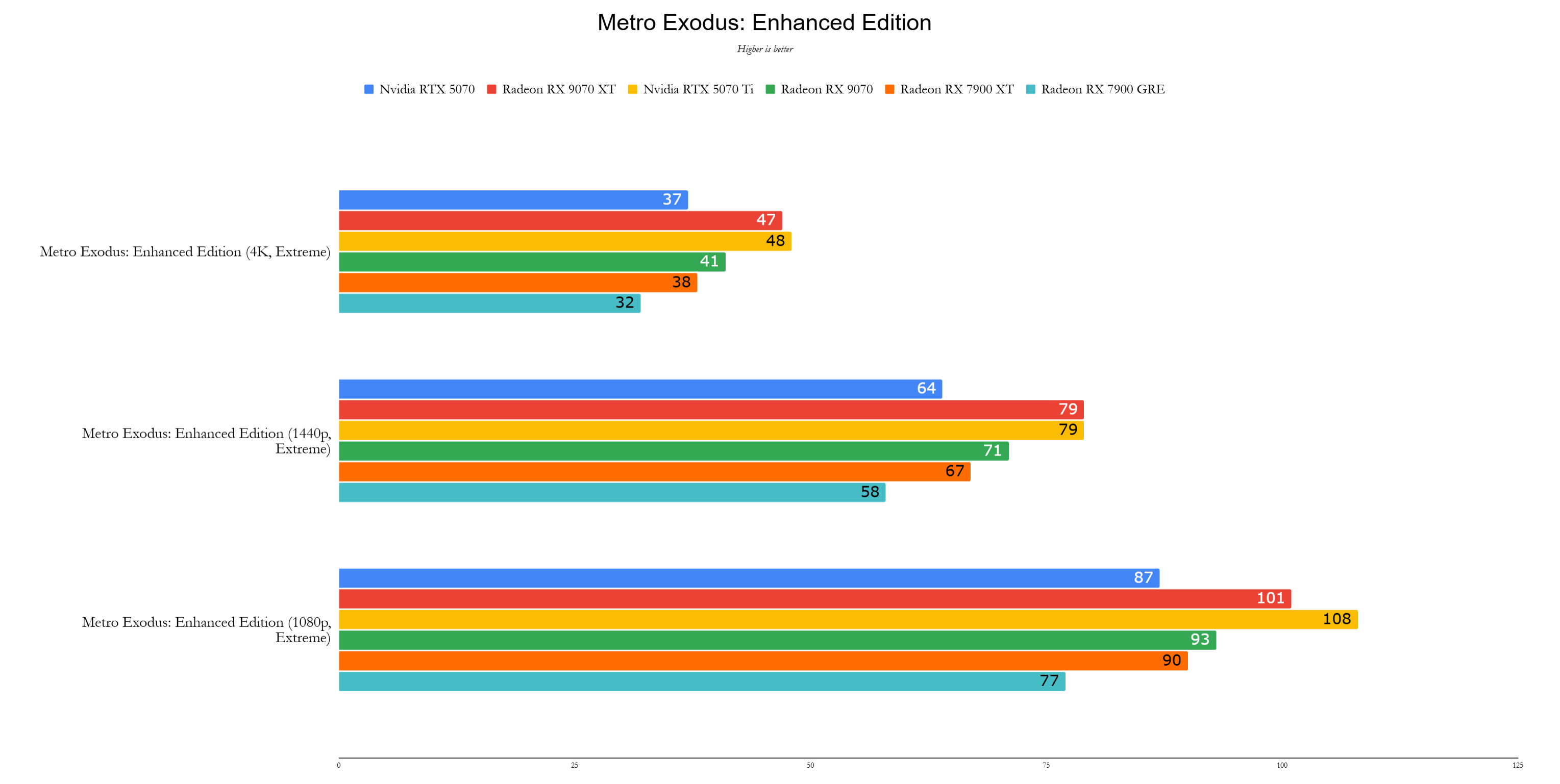
Performance
The Radeon RX 9070 XT delivers impressive performance. At $599, it undercuts the RTX 5070 Ti by 21% while offering comparable speed. Across various benchmarks, the RX 9070 XT is approximately 17% faster than the RX 7900 XT and 2% faster than the RTX 5070 Ti. Its strength is particularly evident in 4K gaming, even with ray tracing enabled.
Testing was conducted using the latest drivers (Nvidia Game Ready Driver 572.60, except for the RTX 5070 which was on review drivers; AMD Adrenalin 24.12.1, except for the RX 9070 XT and RX 9070, which used pre-release drivers). While 3DMark results don't always perfectly reflect real-world performance, they offer a comparative overview. In 3DMark Speed Way, the 9070 XT outperformed the 7900 XT by 18%, but trailed the RTX 5070 Ti by a similar margin. However, in Steel Nomad, the 9070 XT surpassed the 7900 XT by 26% and even exceeded the RTX 5070 Ti by 7%.
Game benchmarks showed varying results. In *Call of Duty: Black Ops 6*, the 9070 XT led the RTX 5070 Ti by 15%; in *Cyberpunk 2077*, the RTX 5070 Ti held a slight advantage (75 fps vs 71 fps at 4K with ray tracing and upscaling). *Metro Exodus* (4K, ray tracing, no upscaling) showed nearly identical performance between the 9070 XT and RTX 5070 Ti. *Red Dead Redemption 2* showcased the 9070 XT's strength, achieving 125 fps compared to the RTX 5070 Ti's 110 fps. *Total War: Warhammer 3* saw the 9070 XT lagging behind the RTX 5070 Ti. *Assassin's Creed Mirage* showed the 9070 XT outperforming both the 5070 Ti and 7900 XT. In *Black Myth: Wukong*, the 9070 XT surprisingly outperformed the RTX 5070 Ti in ray tracing performance. *Forza Horizon 5* showed a small performance advantage for the 9070 XT.
Test System: CPU: AMD Ryzen 7 9800X3D; Motherboard: Asus ROG Crosshair X870E Hero; RAM: 32GB G.Skill Trident Z5 Neo @ 6,000MHz; SSD: 4TB Samsung 990 Pro; CPU Cooler: Asus ROG Ryujin III 360
The Radeon RX 9070 XT, announced discreetly at CES 2025, feels like a strategic counter to Nvidia's Blackwell cards. At $599, it offers a compelling value proposition. While not as powerful as the RTX 5080 or 5090, those cards are overkill for most users and significantly more expensive. The 9070 XT represents a return to a more reasonable flagship graphics card, offering exceptional performance at a competitive price.


